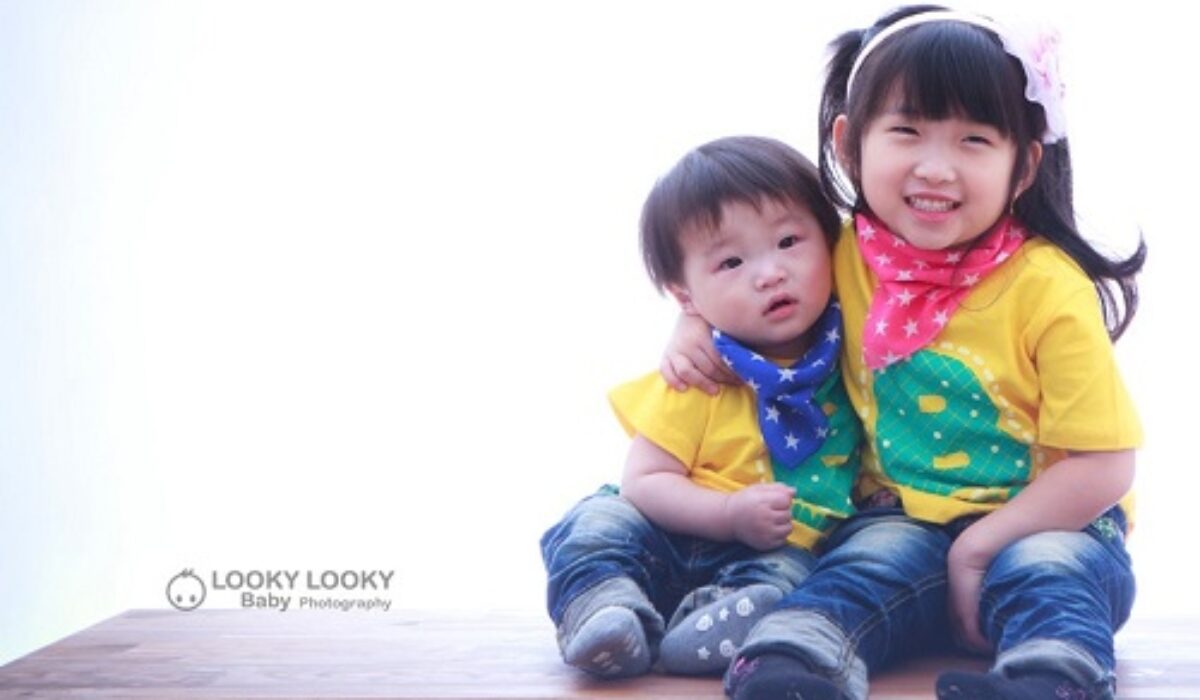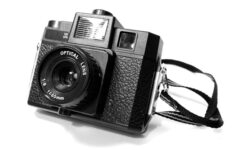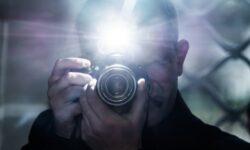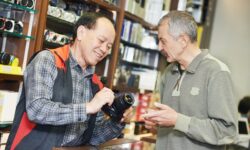Capturing stunning portrait images is not all that difficult. With a minimal amount of equipment, you can capture some terrific portrait shots which is the purpose of this article – teach you how the different posed positions.
There are three basic settings each producing a specific look:
Candid – The subject goes about their normal work, not knowing when you are actually capturing their image. The background of the subject working is visible, however, blurred in the image.
Posed – The subject is actively participating in the set-up being directed by you as far as which way to turn, etc. for each shot. The subject fills the frame with little or no background visible.
Environmental – The subject is posed, however, the subject is smaller in the frame, because some background of what they are doing is clearly visible in the image.
Candid
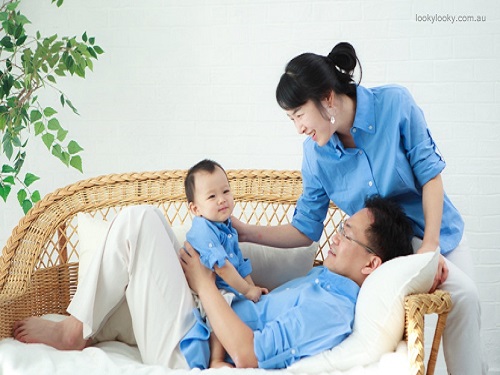
With the candid portrait photography, you capture the best images when the subject is doing something and not paying any attention to your camera. If you use natural lighting, many times you can shoot several images without the subject knowing you are taking their photo.
However, if you are using a flash, the subject knows you are photographing them and s/he is not as spontaneous. However if you are patient, s/he will forget you are there and you can continue to capture more candid poses.
Posed
In this setting, you control the pose, background and lighting. When shooting this setting, you will most likely use a full face frontal, three-quarter or profile view.
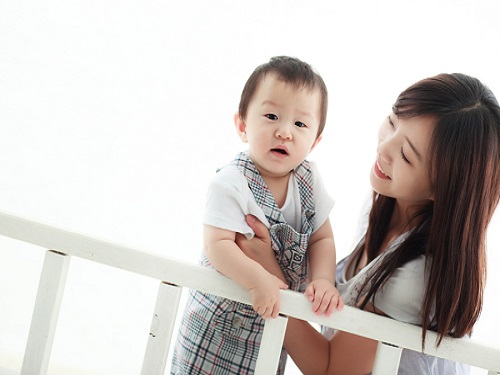
The frontal position works well with subjects having a double chin, long nose or a prominent forehead. This pose minimizes the distraction of these features by the subject look straight at the camera. Front-light the setting to minimize the prominence of these features and to smooth out the facial skin texture.
The three-quarter pose is the one you will use the most. Position the subject’s head by having him/her face 45 degrees to the camera with both eyes visible. This pose minimizes noticeable blemishes on the far side (shadow) of the face.
However, if you want to add light to the shadow side of the face, use a reflector. Control the amount of light reflected back by varying the distance of the reflector from the face. The amount of light added should be about one-third as much as the main illuminating light.
The last pose is the profile. In this pose, the subject’s face is 90 degrees to the camera with only one eye showing. This is a good pose to use if one side of the subject’s face is less desirable than the other side.
If the side of the face toward the camera has the blemishes, reduce the imperfections by using a covering make-up and a diffuser filter, thus slightly blurring the face.
The profile pose is a good choice if you want to accent the subject’s “weathered” features. Natural side-lighting brings out facial texture and works well if you are photographing a commercial fisherman, logger, rancher or anyone else having worked most of their life outside in the sun.
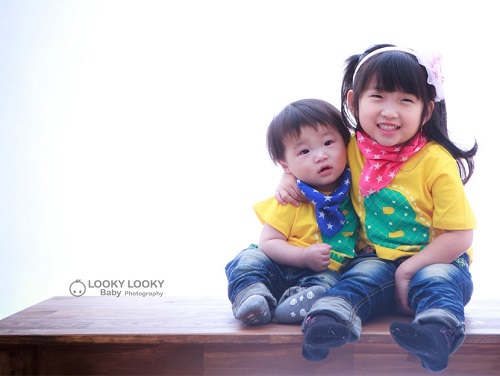
Environmental
This is the last setting. In this pose, you are controlling the pose, background and direction of light to best show the subject at work or engaged in a hobby.
Some great environmental portrait topics include:
- reading a book
- sewing
- tying fishing flies
- woodworking
To take great portrait photos, use these portrait poses. You will be amazed at how simple it is to get great looking portrait photos from using simple equipment.
============================================================
Author Bio:
Lookylooky Baby Photography Studio is a Family photography in Sydney that specialises in capturing your pregnancy and moments with your newborn, to every precious year of life with your kids.
============================================================

